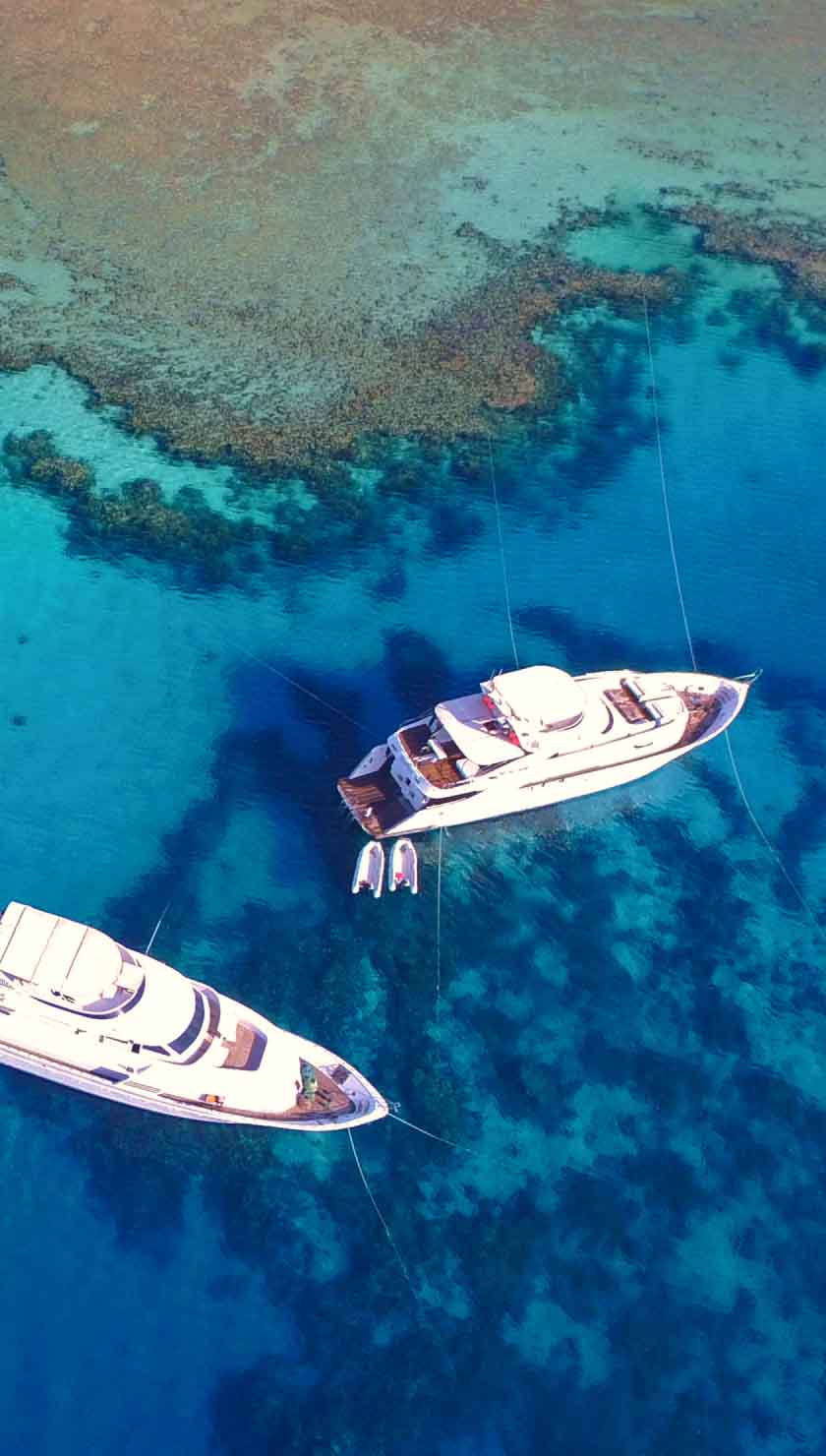MARINE LIFE IN SIQUIJOR ISLAND
While the interior is mostly mountainous, the white sandy beaches are just the beginning of a tropical paradise. Siquijor Island is mostly composed of limestone material and outlined by mangroves. Most of the best diving and snorkeling in the Philippines at Siquijor Island is on the southern end - though the entire island was declared a marine reserve in 1978 under the supervision of the Philippine Tourism Authority. The variety of marine life at snorkel sites in the Philippines and in Siquijor is astounding and the macro photography opportunities for scuba divers and snorkelers alike is some of the best in the world.
BEST SNORKEL SITES IN SIQUIJOR
SANDUGAN MARINE SANCTUARY Sandugan is a top snorkeling site located on the northwestern tip of the island. Lush, colorful coral pop in fantastic visibility. With no development or resorts near by, Sandugan is considered the best snorkeling in Siquijor. On approach, the whole area feel empty and untouched, but underneath the water is a different view entirely.
TUBOD MARINE SANCTUARY Soft, pearly white sands on the beaches at Tubod Marine Sanctuary lead snorkelers into the waters about 10-20 meters where they find a thriving marine habitat teeming with fish. More than 7 hectares of coral reef and seagrass serve as homes to colorful reef fish of countless varieties. Snorkelers need not to worry about currents or waves as the waters are incredibly gentle and crystal clear.
TULAPOS MARINE SANCTUARY Another pristine, undeveloped area of the island, Tulapos is bordered by mangroves. It will take a bit of hard swimming to get to the area, past wave breaks, but the sites are worth the effort.
SAN JUAN BEACH Snorkeling Siquijor Island's southwest coast, near San Juan beach, delivers corals and rocky crevices. This snorkeling site is the most fun for those with a bit of experience that can dive a little deeper as much of the coral rests near 5-6 feet at low tide. Surface divers may miss out on the fantastic macro sights. Lionfish, clown fish, angel fish, nudibranchs, and eels scurry about this rough landscape. Turtles can be seen lazily munching on corals. No trip to the Siquijor Island is complete without a snorkel trip to San Juan Beach.
SALAGDOONG BEACH is local favorite spot for group picnics and swimming, but it also offers great snorkeling. Clear blue waters give great visibility and the snorkel area is large enough you could explore the healthy coral reefs and their fishy marine inhabitants all day long. There are also natural water slides and cliffs for diving into the sea.
BEST TIME TO SNORKEL IN SIQUIJOR
In most parts of the island, January through May is the dry season and the wet season lasts the rest of the year. The southern areas of the island, said to have the best snorkeling in Siquijor, have a dry season lasting from November to April. Dry season offers the best visibility although some snorkelers love the low season so they have the reefs to themselves.
HOW DO I GET TO SIQUIJOR?
Air Philippines Express and Cebu Pacific Airlines have a combined total of 5 flights daily, on modern Airbus aircrafts, between Manila and Dumaguete. Frequent passenger ferries run from Dumaguete on Negros, Tagbilaran on Bohol or Plaridal on Mindanao. Getting around Sijuijor can be tricky with limited taxis and motorcycles available for tourists to hire. Liveaboards remain the best way to experience snorkeling in Siquijor Island in the Philippines as the cruise ship can easily skirt around the shores from one dive site to the next.














